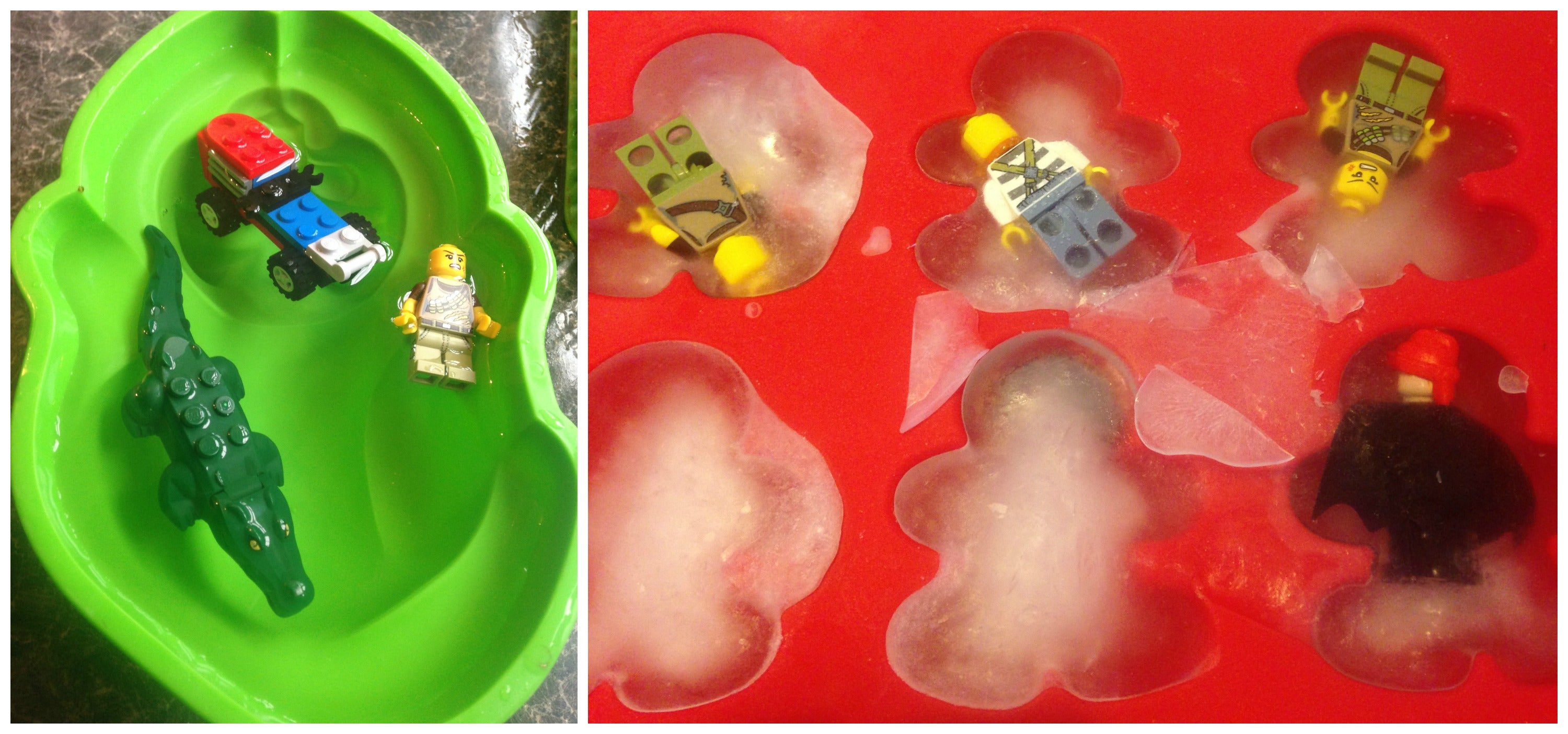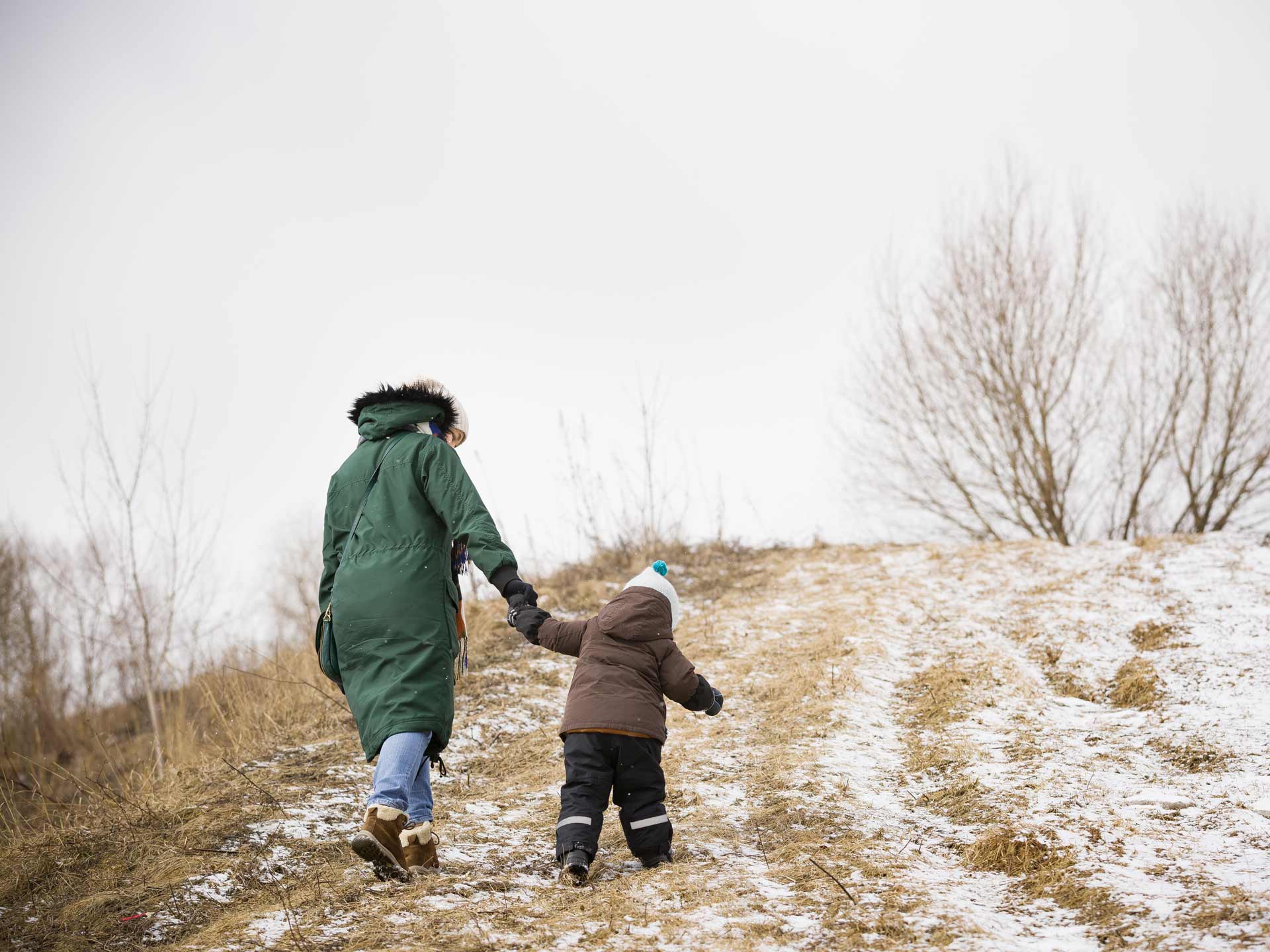Little Explorers: Ice Fossil Hunters
- Get involved
- Little Explorers

A salt spreading truck churned past us recently, spewing out pink clumps of grainy mess. It was the perfect opportunity to explain to the Little Explorers how ice melts. We talked about the salt spreader, and how the rock salt would melt any ice forming overnight. The next day we put our chat into practice!
We had seen the forecast for the morning was slushy with icy wind, so no-one would want to be outside for long. Well aware that we’d be climbing the walls by 9am, we set up a challenge for the Little Explorers, with the optimistic hope that focused minds would create calm children!
That night we set about freezing small toys in ice. It was a delicious revenge for all those times those pesky little chaps have spiked our bare feet in the middle of the night!
You will need interesting bowls (we used a cat-shaped jelly mould, a ridged toddler bowl and a silicon teddy bear cake tray) and an array of small plastic toys (people, toy money and cars).

It’s so simple. Just scatter the toys in the vessels, fill with water and leave to freeze overnight.
The next morning, we presented the Little Explorers with the now pretty impenetrable ice rocks and a range of tools – toothpicks, cutlery, salt and sugar. We told them they had to rescue their toys from the ice all by themselves and sat back and watched to see how they solved the puzzle. It was interesting to see how plainly the younger Explorers opted for brute force while the older ones tackled it quite logically, sprinkling sugar (just to see), then salt on the rocks. The salt created a briny solution and started to melt the ice.
Finally, frustration began to win over the Littlest Explorer’s patience. He tried to eat the salt and then in disgust, threw his ice rock on the floor. He was desperate to save his frozen crocodile! So we talked about what ice was made of and at last Biggest Explorer realised pouring warm water over it would be the fastest way to melt the ice. It gave the children a real sense of satisfaction to have saved their toys and they learnt something as a by-product, too.
- Expert Explorers: Salt works by lowering the freezing point of water. The salt (sodium chloride) disrupts the freezing process by slowing the water molecules trying to join together into crystals to form ice. The salt pulls some water away from the crystal and also mixes with the thin layer of water on top of the ice, which melts even more of it!
- Did you know that using salt on the roads carries with it an enormous environmental cost? The salt has nowhere to go but into our natural watercourses, streams, rivers and lakes. It is very harmful to wildlife.



